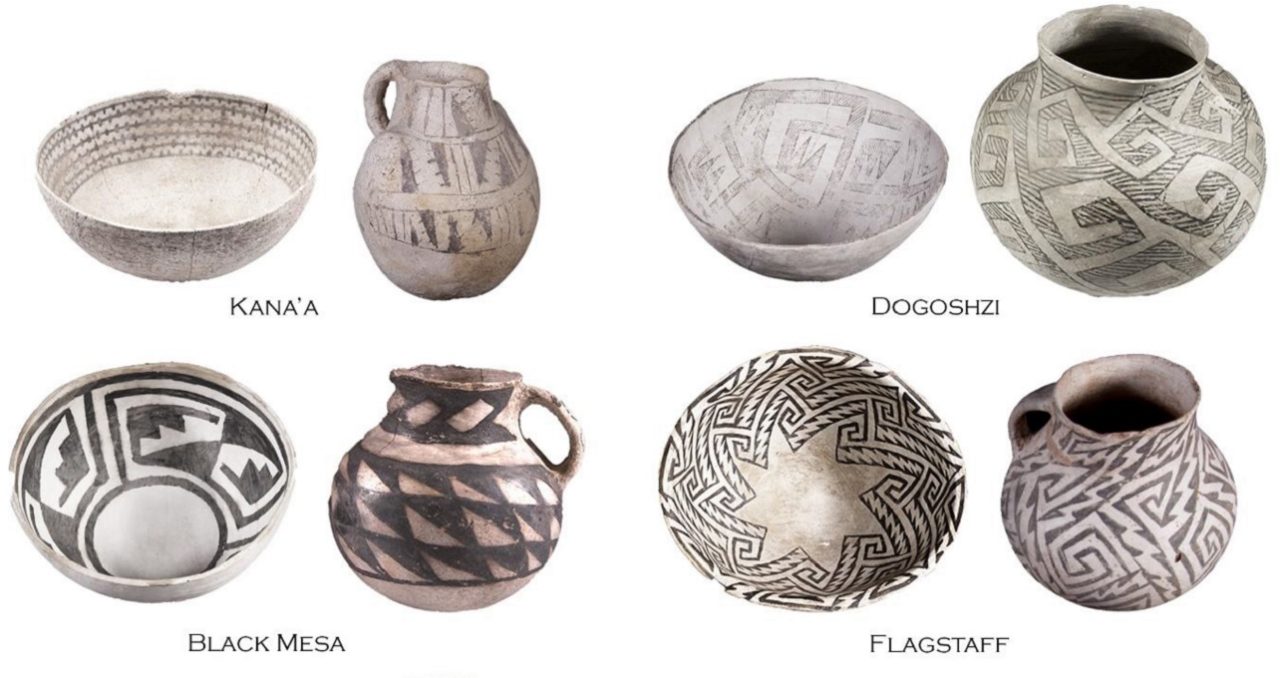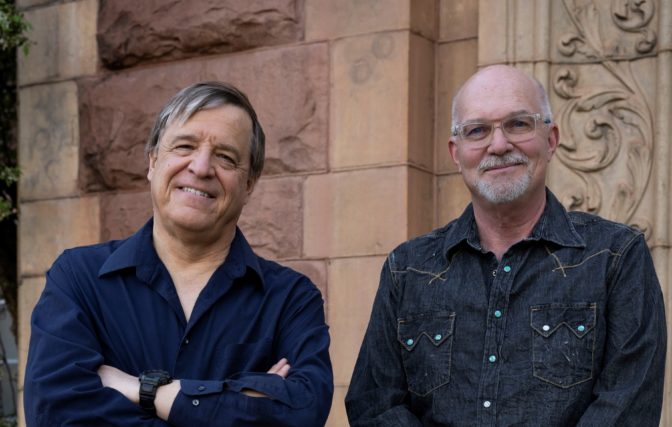The more advanced modern technologies become, the more they can help us understand the past.
Chris Downum and Leszek Pawlowicz, researchers in the Department of Anthropology at Northern Arizona University, are using GPU-based deep learning algorithms to categorize sherds — tiny fragments of ancient pottery.
They spoke with NVIDIA AI Podcast host Noah Kravitz about analyzing sherds to learn more about American Southwest culture, circa 825 to 1300 A.D.
Key Points From This Episode:
- For nearly a century, archaeologists have closely examined sherds to determine their time periods and cultural affiliations. However, human interpretations of the same sherd often vary — driven by ambiguity, mere differences in opinion and a lack of familiarity with the millions of pottery typologies that exist. Downum and Pawlowicz use machine learning to help researchers and students more objectively classify these ancient pottery fragments.
- Neural networks, trained on massive image datasets of sherds that were classified in agreement with expert archaeologists, determine a sherd’s typology. Results are displayed with “heat maps” which highlight sections of the sherd that the AI model found most crucial to its characterization.
Tweetables:
“These machine learning methods basically teach themselves the critical design parameters that are associated with each [sherd] type.” — Leszek Pawlowicz [5:22]
Machine learning “adds a lot of objectivity and reliability to the process of classifying complex artifacts.” — Chris Downum [18:43]
You Might Also Like:
Wild Things: NVIDIA’s Sifei Liu Talks 3D Reconstructions of Endangered Species
Endangered species can be challenging to study, as they are elusive and the very act of observing them can disrupt their lives. Now, scientists can take a closer look at endangered species by studying AI-generated 3D representations of them.
Waste Not, Want Not: AI Startup Opseyes Revolutionizes Wastewater Analysis
What do radiology and wastewater have in common? Hopefully, not much. But at startup Opseyes, founder Bryan Arndt and data scientist Robin Schlenga are using the AI revolutionizing medical imaging to analyze wastewater samples.
Say Yes to the AI Dress: Entrepreneur Brings GPUs to Fashion
In the future imagined by Pinar Yanardag, a postdoctoral research associate at MIT Media Lab, AI will collaborate with humans, not replace them. This is the concept behind her project, “How to Generate (Almost) Anything.”
Subscribe to the AI Podcast
Get the AI Podcast through iTunes, Google Podcasts, Google Play, Castbox, DoggCatcher, Overcast, PlayerFM, Pocket Casts, Podbay, PodBean, PodCruncher, PodKicker, Soundcloud, Spotify, Stitcher and TuneIn. If your favorite isn’t listed here, drop us a note.
Make the AI Podcast Better
Have a few minutes to spare? Fill out this listener survey. Your answers will help us make a better podcast.




